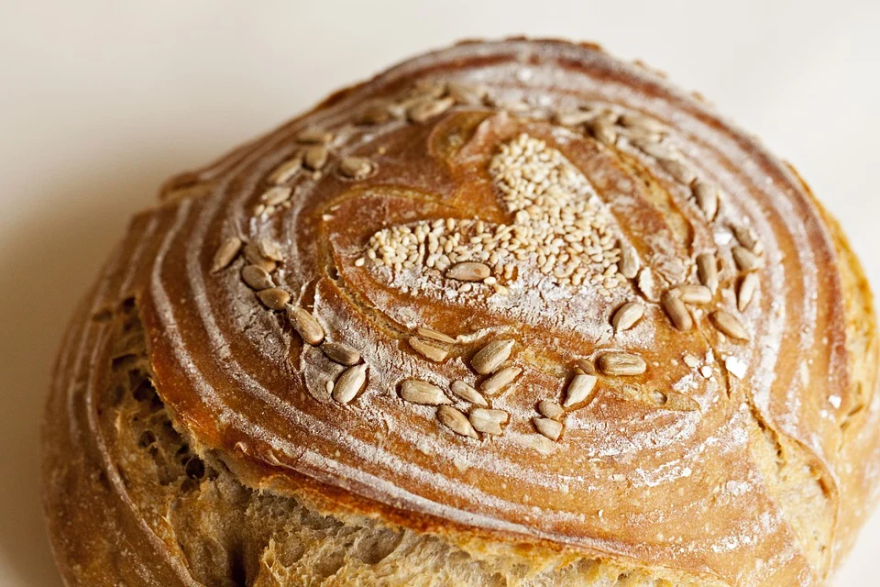As the pandemic progressed, many people found themselves bored at home, and time-intensive hobbies, like baking sourdough, flourished. We take a look at the science behind this tangy bread.
Teresa Hunsaker, USU Extension Emeritus, explained what makes this tangy bread rise.
"What we're using in sourdough is a yeast microorganism . . . as those yeast spores are connected with a starch or a sugar or a carbohydrate, then those spores start to grow and produce an off-gas and the gas is what creates the leavening," Hunsaker said.
While many bread recipes use yeast from the store, sourdough uses natural yeasts to rise.
"People who are really into sourdough, they call it 'gathering the yeast,'” Hunsaker said. “Yeast spores are actually in our air and so there are those who will have pots of flour and water out on the counter for the yeast spores to settle into."
These doughy mixtures are called starters, and the yeasts within are allowed to ferment, along with beneficial bacteria that produce lactic acid, giving sourdough its sour flavor.
Depending on the variety of yeast growing in a starter, starters can lend wildly different flavors to the loaves they produce. Some bakers even use grapes and raspberries, which harbor lots of natural yeasts, to seed their starters.
Surprisingly, starters can be hearty, and if maintained properly, they can last for centuries.
"You can actually freeze your sourdough start . . . you can also dry it and powder it, and then you activate it with water, and some of them apparently from the Gold Rush era actually dried it out because carrying a jar or you know a container of start so to speak was difficult,” Hunsaker said.
Sourdough Chocolate Cake Recipe
(Courtesy Teresa Hunsaker / USU Extension)
- 1 cup sour dough start
- 1 cup milk or evaporated milk
- 2 cups flour
- 1 cup sugar
- 1 cup shortening or butter
- 2 eggs
- 1 tsp. vanilla
- 1 1/2 tsp baking soda
- 1/2 tsp salt
- 3 squares semi-sweet Bakers chocolate, melted (or 3/4 cup cocoa powder)
Combine sourdough start, milk and flour in a large non-metal bowl, mix well and let stand 3-4 hours, or overnight.
When ready to make the remainder of the cake, cream sugar and shortening/butter in a separate bowl from the sourdough batter. Add in 2 eggs and beat well. Add vanilla, baking soda, salt and chocolate.
Gently fold the creamed sugar/chocolate mixture into the sourdough batter. The mixture will be lumpy at first, but continue to gently stir and the mixture will be smooth. Pour into greased cake pans. Bake at 350ºF for 30-40 minutes, depending on pan size. Makes one 9x13 or 3 small round cake pans.







